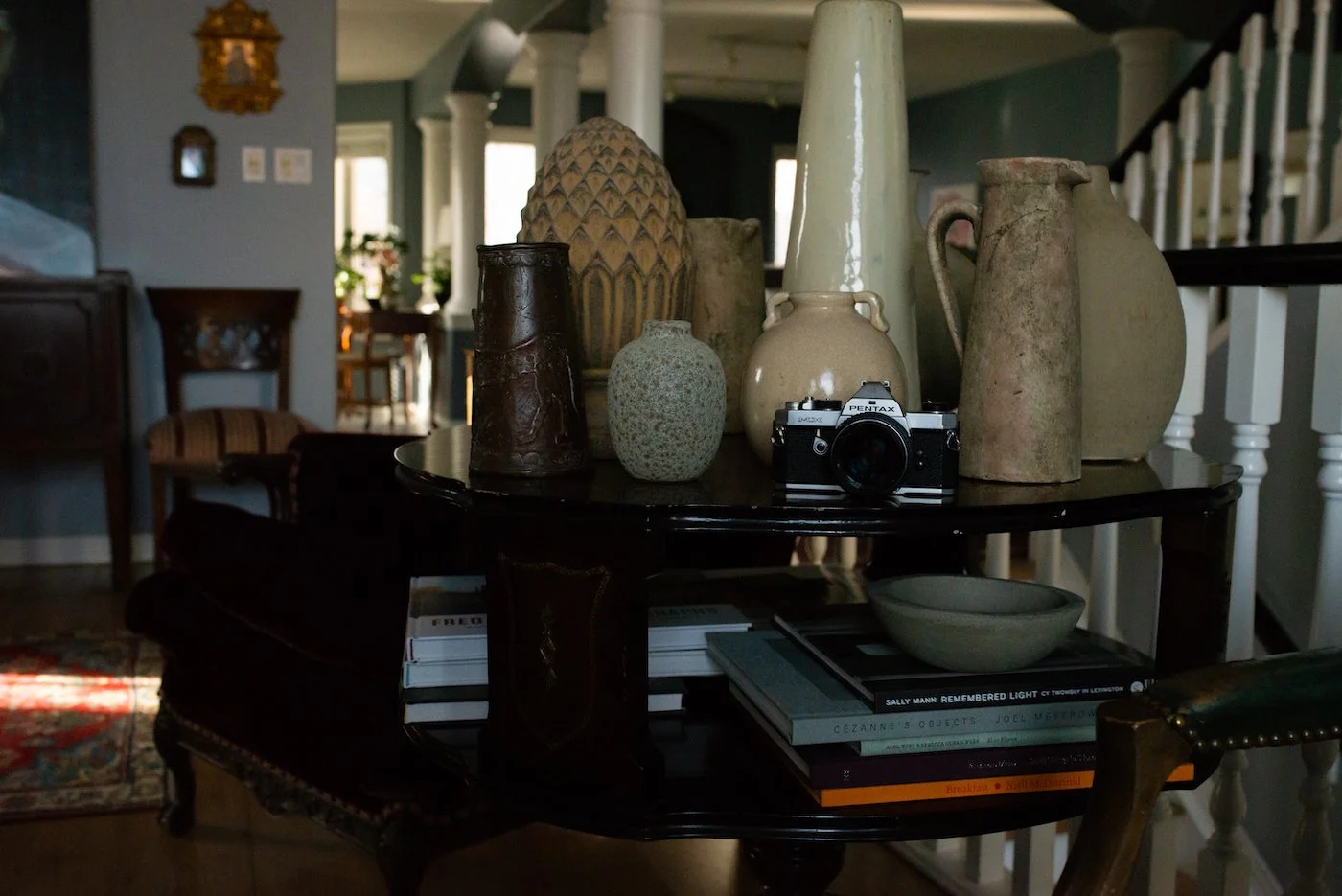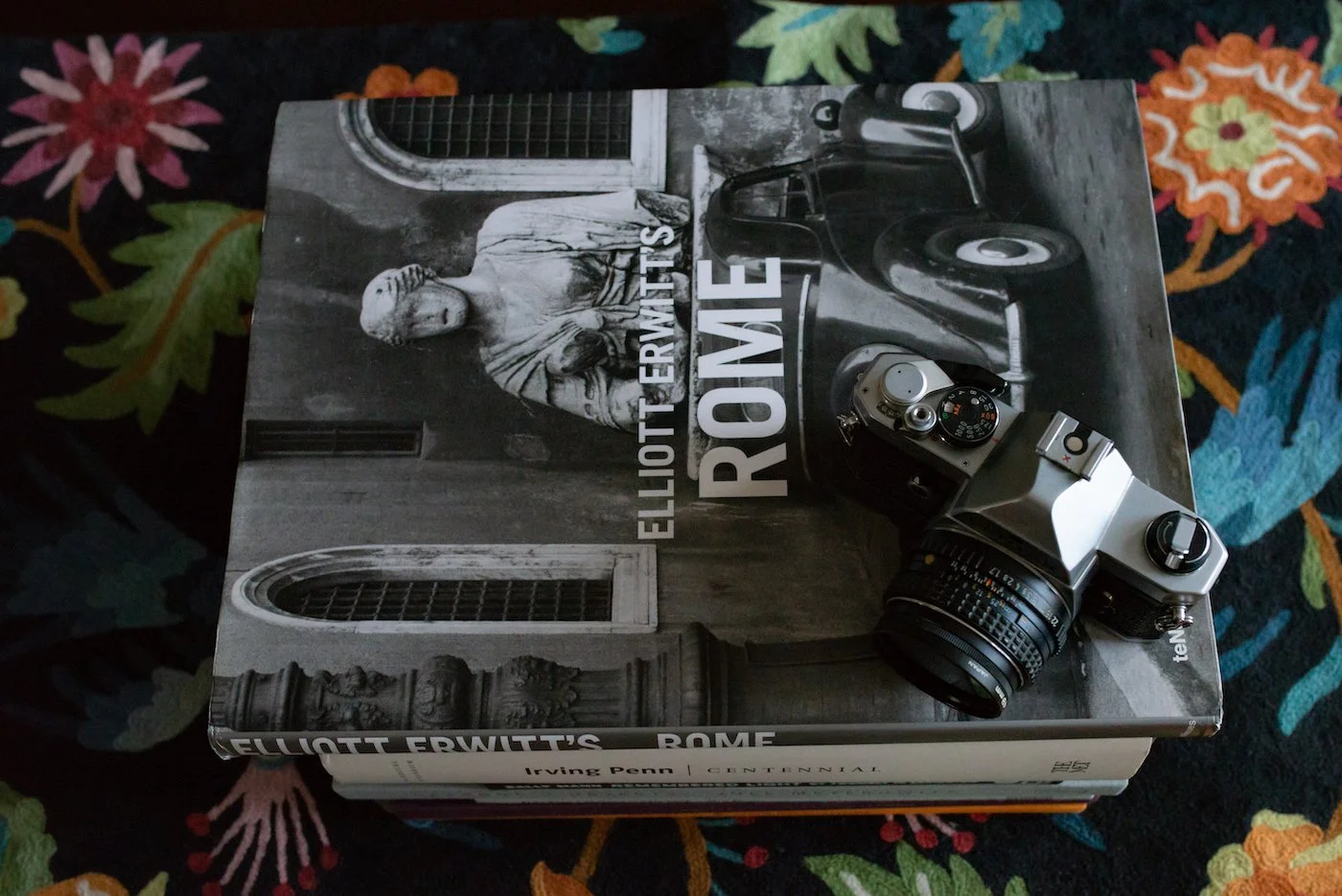Kinds of Photography
When I was seventeen I bought myself the Pentax MX, which you can see in my photographs in today’s post. I still use it and have a few rolls that I need to take in as we speak. Even before that, I remember being allowed a few clicks from time to time on the family Kodak Instamatic. As a kid, I remember the joy of once shooting a whole roll — and I still have some of the photos of our pinto Welsh pony, and of leafless trees and blue sky that I took while lying on the ground in the snow.
I’ve been looking at photos of Ukraine in very limited intervals because they are beyond devastating, and have also been thinking of how hard it must be to be a photographer, witnessing these indelible scenes. I’ve been following Salwan Georges on Instagram for some of these, and they’re tough to look at; they’re important to look at. I know you’ve seen many photographs yourself.
The images change how we think about what is going on in the world and in the last two years, there has been so much. And of course we’re all seeing different images of all kinds in a steady stream. As someone who is very much a visual person and who also takes a lot of photographs, I find I think a lot about what it means to see the steady stream of images that we do, most of us to one extent or another, every day. How is it affecting us, what does it mean that we’re all seeing both similar and dissimilar images side by side, or one after another in a steady stream? What stays with us and what doesn’t? How does our brain cope with seeing an image of war followed by one of food or family or fashion? How does our nervous system? Our gut?
When I was doing my undergrad, a book came out titled Picture Theory by WJT Mitchell, and a passage from it really informed a lot of my thinking in the books that I would go on to write. It’s pretty heavy-going stuff tbh. Mitchell says: “…in what is often characterized as an age of “spectacle” (Guy Debord), “surveillance” (Foucault), and all-pervasive image-making, we still do not know exactly what pictures are, what their relation to language is, how they operate on observers and on the world, how their history is to be understood, and what is to be done with or about them.” So this was 1994. I have no idea in what direction picture theory has gone since then. But it seems to me that we still don’t know what pictures are and how they operate on observers, and indeed what happens when they interact with each other, us. If anything, the pictures we are exposed to on a daily basis are ever more complicated, intertwined, all-pervasive.
I was thinking about the types of photographs and images I look at daily and started to list them. I’m sure I’m leaving out many kinds and not putting them in any sort of order with sub-headings etc. but:
Documentary, news, family, wedding, headshots, influencer, blog, war, lifestyle, illustration, stock, architectural, travel, art, advertising, still life, food, ordinary life, snapshot, personal, street, day in the life, landscape, fashion, magazine, newspaper, web, screen captures, google street, memes, photoshopped images, analog, phone, portrait, sports, wedding, pets, drone, NFT, film still etc etc etc.
There are photos to sell us stuff, photos to show off, teach, witness, trick, remember, create empathy, create envy. There are photos to prove the truth, photos that have been faked.
I mean, we know all this stuff. It’s good to slow it all down sometimes though and instead of scrolling (as I am wont to do) take a minute and ask how the images are operating on us, and if we’re posting them, ask why, what for, what our photos mean.
A photograph can articulate a certain hope, it can convey astonishment, it can create compassion in the viewer. A photo can delight, dismay, make us raise our eyebrows, make us despair, cry, laugh. Can photos change us? Can we change photos?
Looking at photos how can we forget that light is everything? The practice of photography is disciplined looking, free looking, wild looking, intense looking, urgent looking, lackadaisical looking. Photography is looking with longing but also with dispassion. Sometimes with passion, with delight, with disapproval, with love, with revulsion, with openness, with such tempered hope, with such tenderness.
Susan Sontag said, “The final reason for the need to photograph everything lies in the very logic of consumption itself. To consume means to burn, to use up — and, therefore, the need to be replenished. As we make images and consume them, we need still more images; and still more.”
Moyra Davey quotes Sontag saying that we live “in a world littered with photographic relics…” and she wonders if “the space of reverie opened up by images” in a selected show isn’t “squelched” by the enormous body of photographs from which they are chosen. She quotes Roberta Smith who points out that the meaning of these works is often, “I made this because I can.”
Which then leads me to think more about process and practice. About forming a body of work out of the squelch of our own many clicks. About being more deliberate. But then needing the freedom to just make images….(I go back and forth on this obviously).
So, food for thought, and thanks for letting me think aloud here…..as ever.








